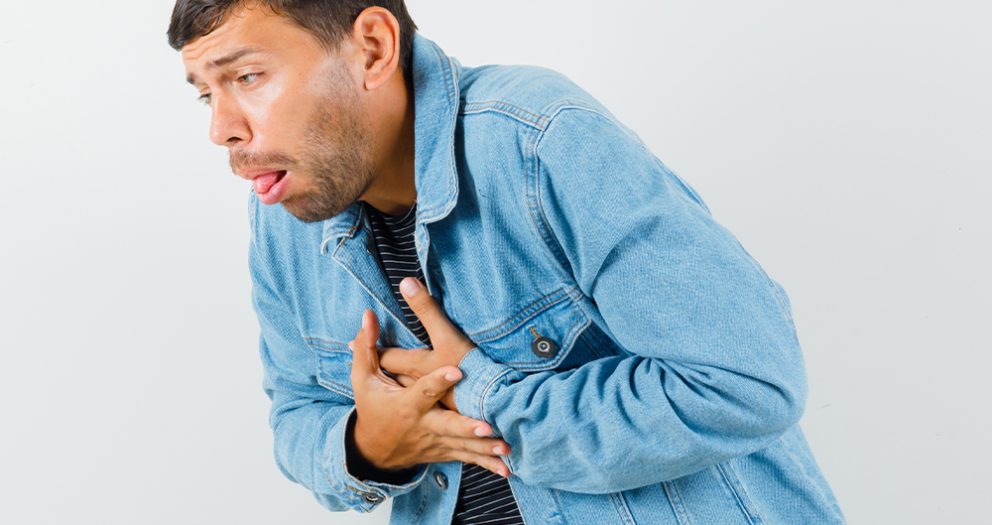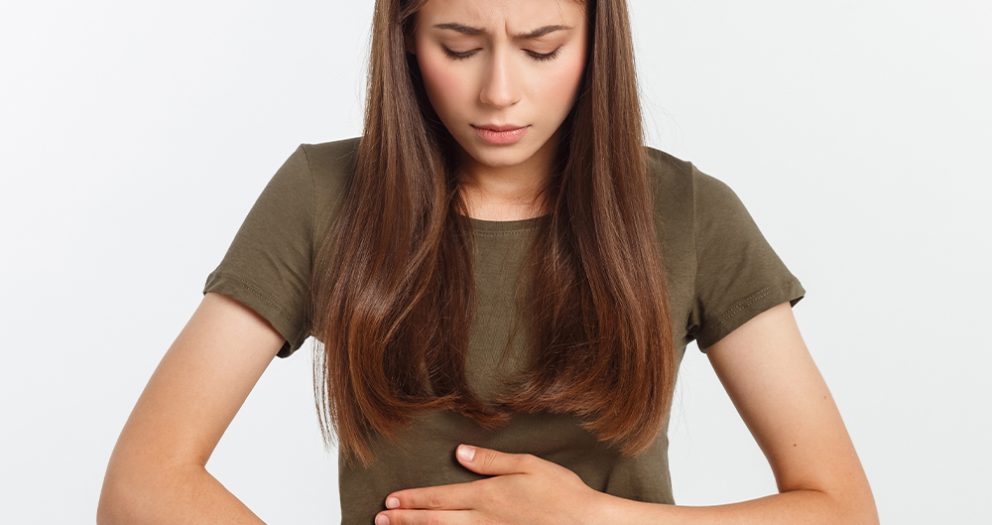This is another interesting question that highlights the absolute disdain for the appearance of acne and the breakouts that normally follow and a quick solution for when it actually does pop up. Does ice help acne indicates that acne convey a feeling of discomfort from a kind of itch, pain or stingy sensation that may be caused by inflammation and agitated raw flesh. Read on and find out the answer to the question.
Ice as treatment for pimples
There are so many suggestions offered for the treatment of pimples that we may be in danger of focusing on them rather than the actual treatment needed to soften the discomforting pain that acne breakouts can bring.
The solution offered here in question form is ice so let’s have a look at it and arrive at an accurate and logical conclusion while appreciating at the very start that ridding pimples can be a challenge.
You always seem to have that temptation to pop them and be done with but that is a big mistake that you should avoid doing at all costs.
But what can you do if you happen to dislike the conventional treatment methods you are given that may prove irritating to your skin?
Fortunately there are many natural skin care solutions which are becoming popular with acne sufferers and surprise, ice treatment happens to be one such natural skin care method.
No side effects
The most pleasing aspect about natural skin remedies is that you are not doomed to suffer side effects like the chemicals which are used to also treat acne. Yes, the common goal is to get rid of the acne but the bonus in favour of natural skin remedies is that there are no side effects.
True, you have salicylic acid and benzoyl peroxide readily available on the market but the problem is that overusing them can actually exacerbate your infestation with an acne outbreak.
Actually experts have recommended that acne sufferers stay away for any alcohol-based products altogether which includes astringents, toners, exfoliants and many more.
The beauty of icing pimples is the rapid result of reducing the swelling associated with all inflammatory types of acne. Included among them are:
- Papules
- Pustules
- Nodules
- Cysts
It’s surprising to know that ice has no effect on non-inflammatory types of acne, commonly known as blackheads. But for the inflammatory type acne, the application of ice actually reduces in the inflammation, meaning that the actual size of the pimple is directly reduces.
Another very interesting thing about using ice is that it has been theorized that if the application of ice can actually reduce the size of your pimple, it should logically follows that ice can eventually make the pimple disappear entirely.
When ice is used on inflammatory acne, it will also reduce the redness of the area infested with acne making the pimples less easy to see and notice. Ice can also modify the pain that accompanies cystic and nodular acne.
This is what the short-term numbing effect of the ice induces after being applied. Despite these experienced results, there are still no conclusive research results which can say that ice is in fact an efficacious treatment for acne.
Nevertheless it’s quite likely that the use of ice can become part of a skin care process that consists of:
- Cleansing affected areas at regular intervals
- Use of a moisturizer designed for your type of skin
- Use of non-comedogenic makeup
Using ice on your pimples
While using ice on your pimples looks simple enough to do, there are certain things you should do before you actually apply it to the affected area of your body.
Wrap the ice in a thin cloth or paper towel before you actually apply the ice against your skin. Alternatively you can use a cool compress if you wish to avoid the effects of melted ice after applying it.
The application of the ice should be done at one- minute intervals only perhaps twice a day in the mornings and evenings after you clean your face.
However, if your pimples are chronically inflamed, you may then follow up applications of ice to the affected areas more often but make sure that a break of five minute intervals take place between each minute of applying the ice. This procedure will prevent damage to the skin.
You can also use ice with warm treatments such as steamed towels and compresses. Warm treatment effectively removes dirt trapped in your pores. Once you’ve applied warm treatment for 5 to 10 minutes follow up with 1 minute application of ice to decrease any swelling and inflammation.
You can continue the process every day or as needed until the pimple finally disappears. However, take care not to apply the ice first and then follow it up with the hot compresses as it may damage your skin.
Things to know prior to using ice
These are some of the things you need to know before you use ice on your pimples:
- After using ice on your pimples debris can move to the skin surface.
- Don’t ever pop your pimples
- Never pick your pimples either as it will result in spreading pimples
- Picking and popping pimples may lead to scarring.
- Using ice on pimples can cause dangerous effects to your skin
- The effects of frostbite can be reduced by applying ice at short intervals.
- Frostbite results not only in staying too long outside in extreme temperatures but it can also happen if cold packs, ice or other frozen items are held against your skin for long periods of time.
It’s also helpful to know that you should stop using ice and contact your doctor the moment you notice:
- The development of redness about the treated area
- The development of blistering
- Long-term numbness of the affected area
- Alterations to the color of your skin
Conclusion
Many of us have probably never asked the question, does ice help acne and still more don’t realize that ice can be used to get rid of acne. The fact is that ice can do just that provided it’s applied properly for achieving maximum results. It’s clear that the most effective way of using ice is after you’ve cleansed your face with warm water and not the other way round and provided it’s applied for one minute at a time every day.






